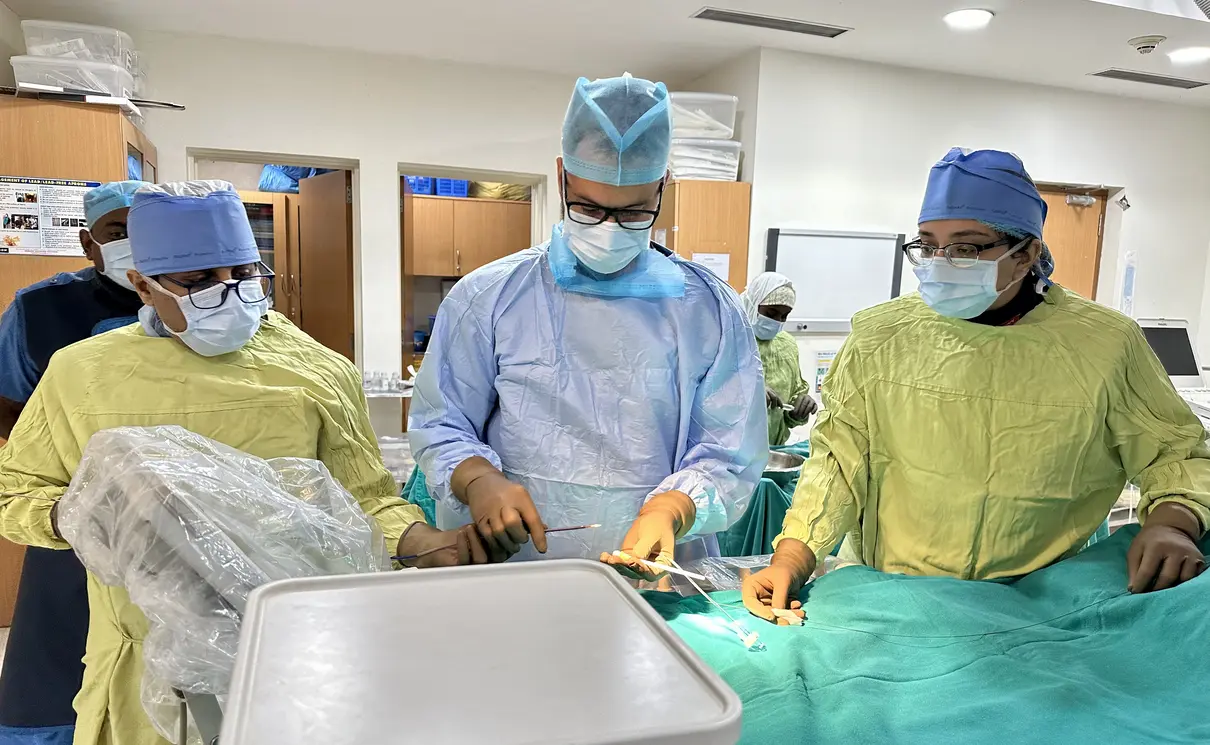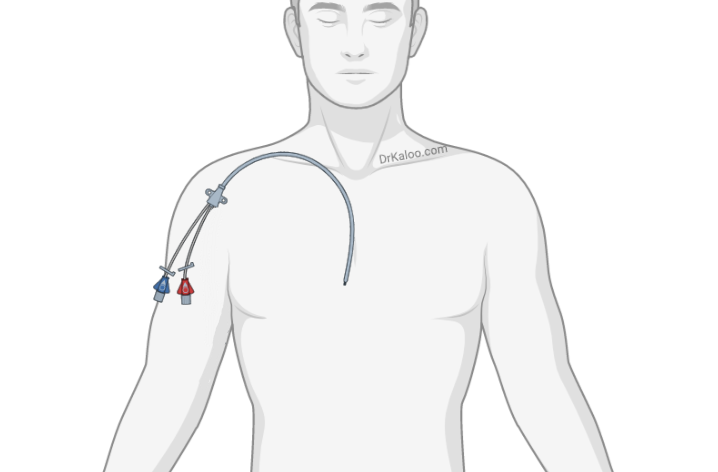If you have kidney failure and need hemodialysis, your healthcare team will need a way to safely and effectively remove and return your blood during treatment. This process requires a special type of dialysis access, which can be temporary or long-term depending on your needs.
1. Hemodialysis Catheter (Temporary Access)
A hemodialysis catheter is a soft plastic tube placed in a large vein, usually in the neck or thigh. It allows blood to be withdrawn from your body, filtered through a dialysis machine, and returned to your bloodstream.
- This type of access is typically used for short periods—usually a few days or weeks.
- It is commonly used when dialysis needs to be started urgently, or while waiting for a more permanent access.
2. Tunneled Catheter (PermaCath)
A PermaCath, or tunneled catheter, is similar to a temporary catheter but designed for longer use—often for several months.
- It is also placed in a large vein (often in the neck or chest).
- It is tunneled under the skin, which helps reduce the risk of infection.
- This is often used when a more permanent access (like a fistula) is not yet ready or not possible.
3. Dialysis Fistula (Long-Term Access)
A dialysis fistula is a long-term access created by surgically connecting an artery to a vein, usually in the arm.
- This connection increases blood flow through the vein, making it strong enough for repeated needle insertions during dialysis.
- Fistulas are preferred because they typically last for many years and have fewer complications than catheters.
Maintaining a Fistula – Fistuloplasty
Sometimes, a fistula can become narrowed or blocked by blood clots. In such cases, a procedure called fistuloplasty can help:
- It involves using small balloons to open up the narrowed areas and remove any clots.
- This helps restore proper blood flow and extends the life of the fistula.
Talk to your dialysis care team about which access type is right for you, and how to care for it to avoid complications. Regular monitoring and timely intervention can help keep your access working well.



